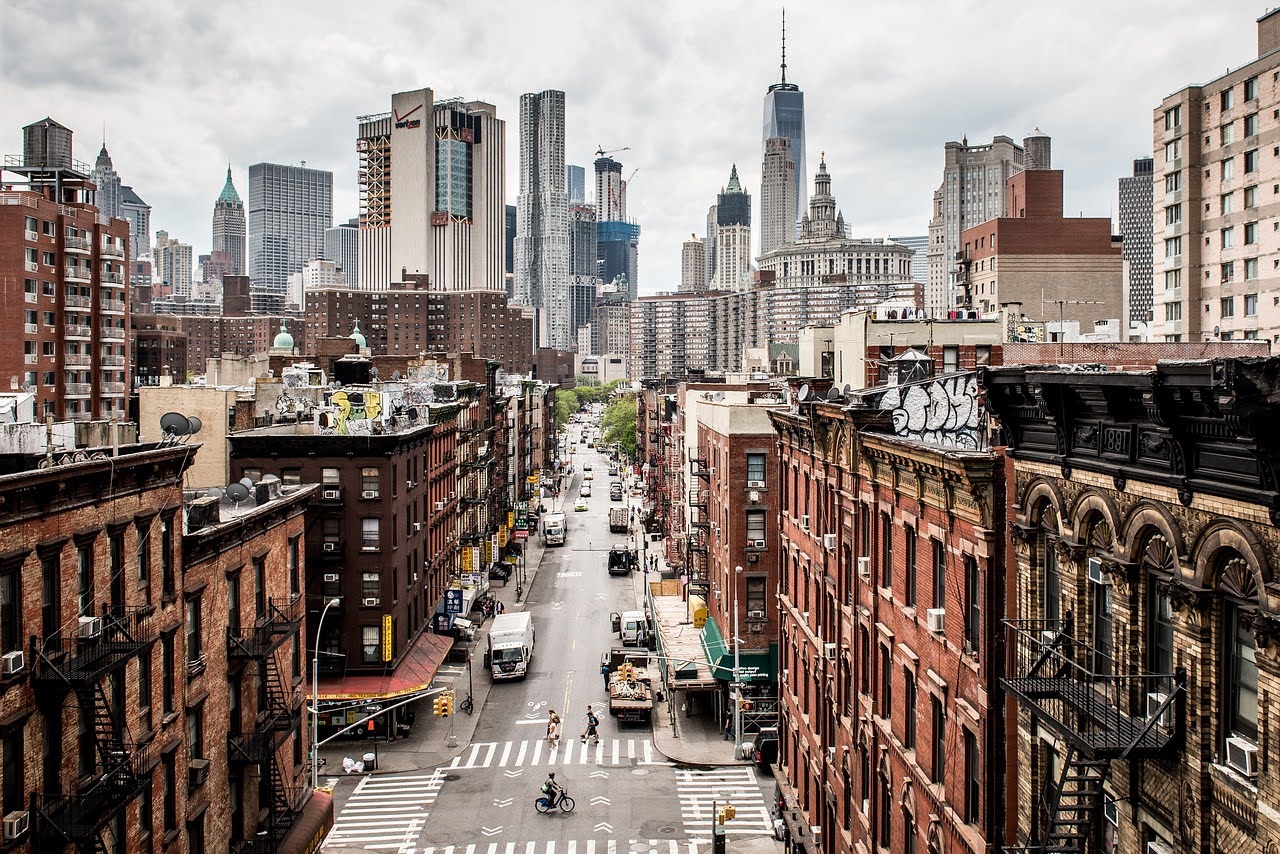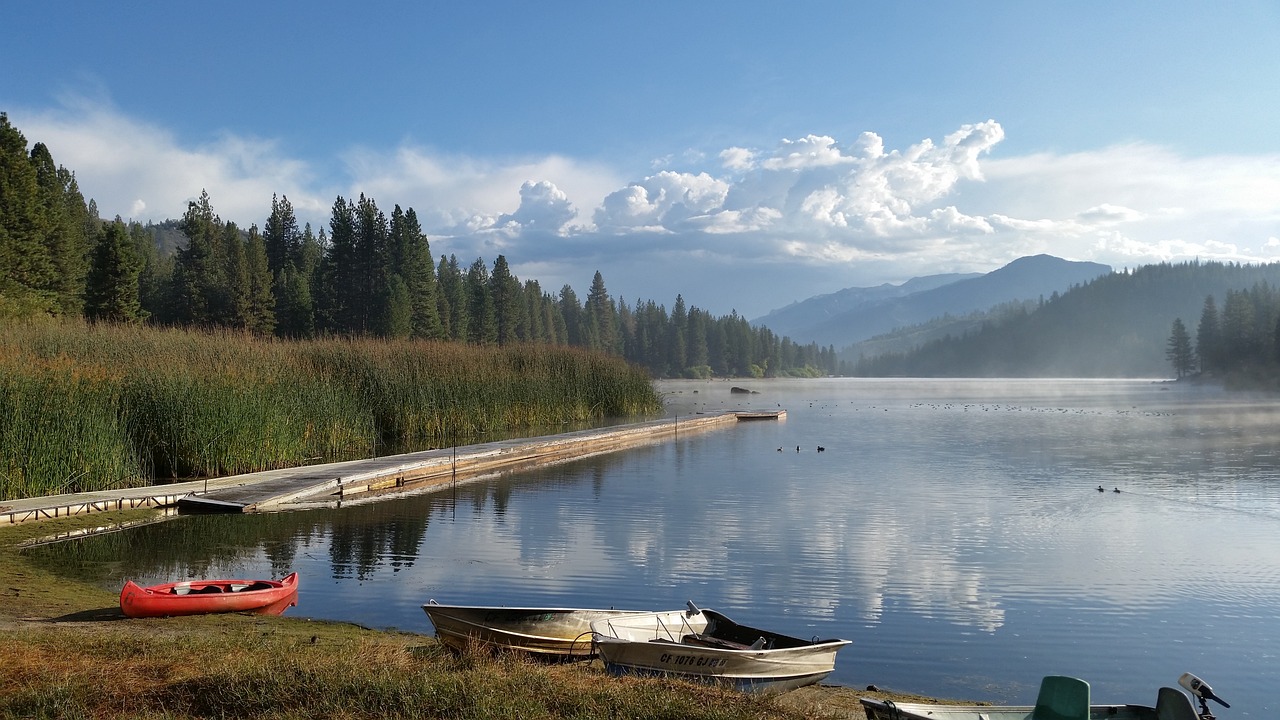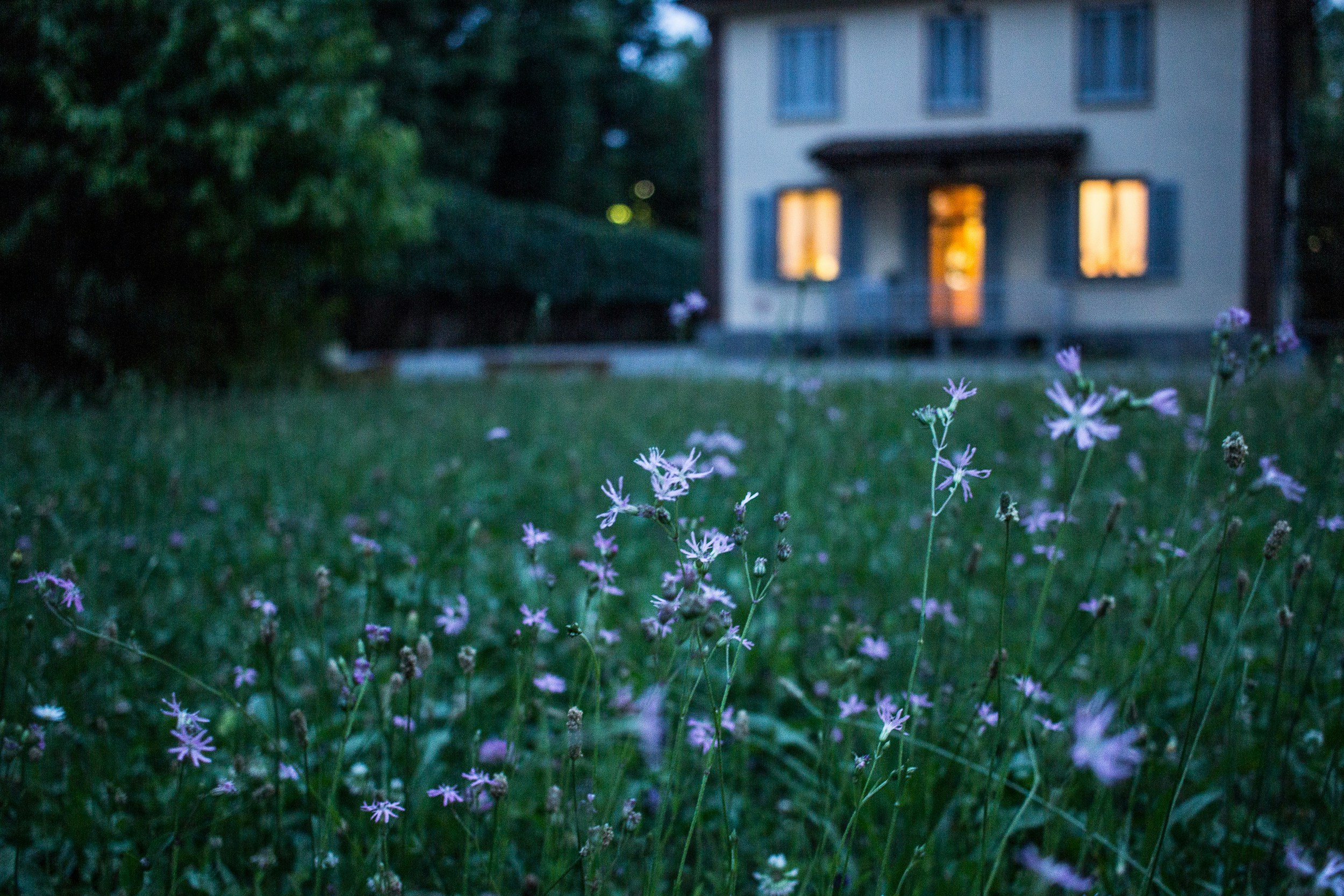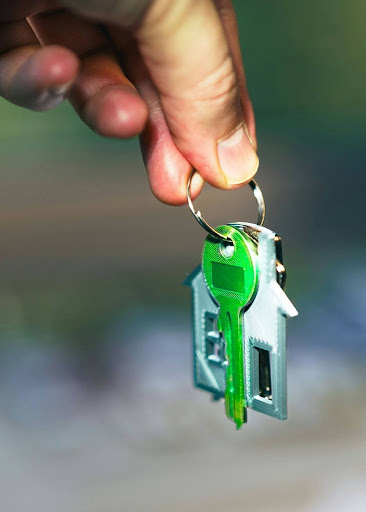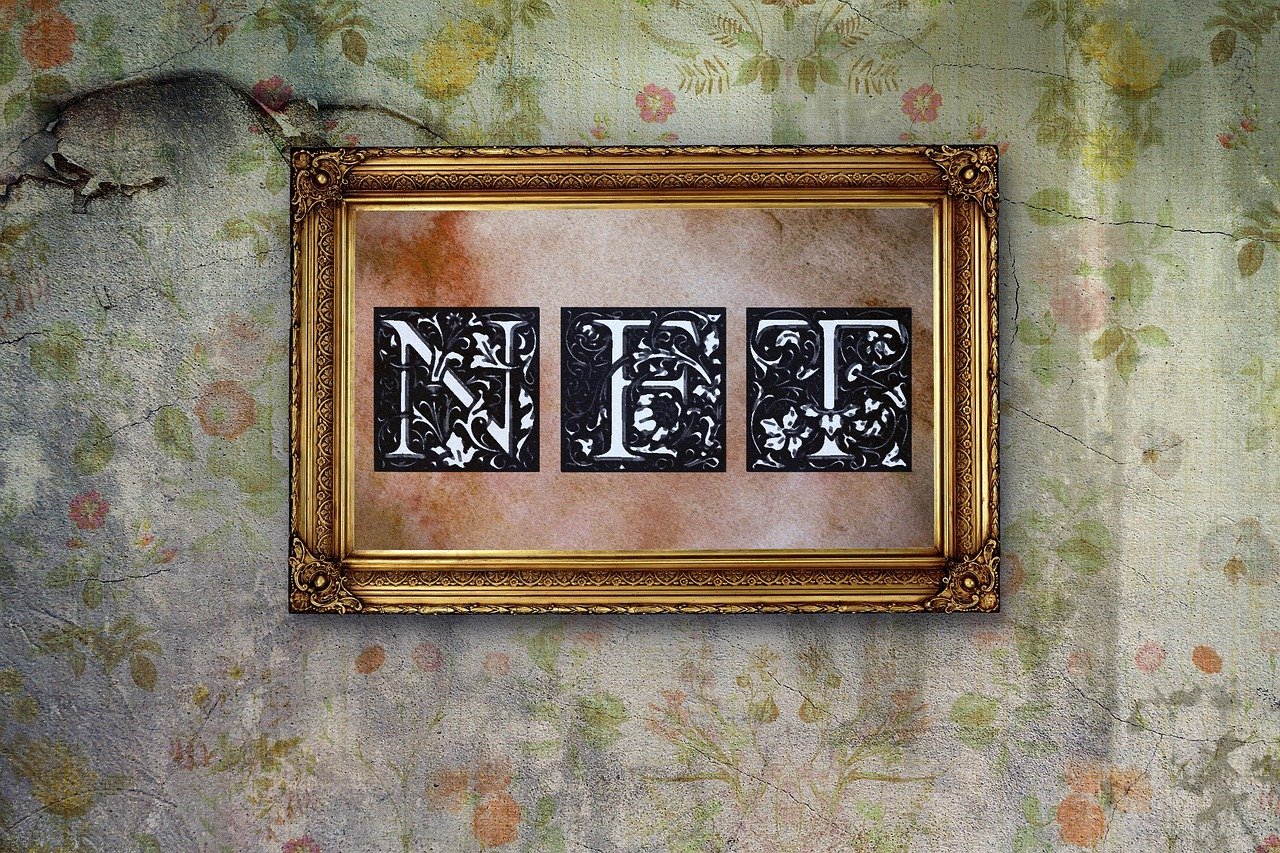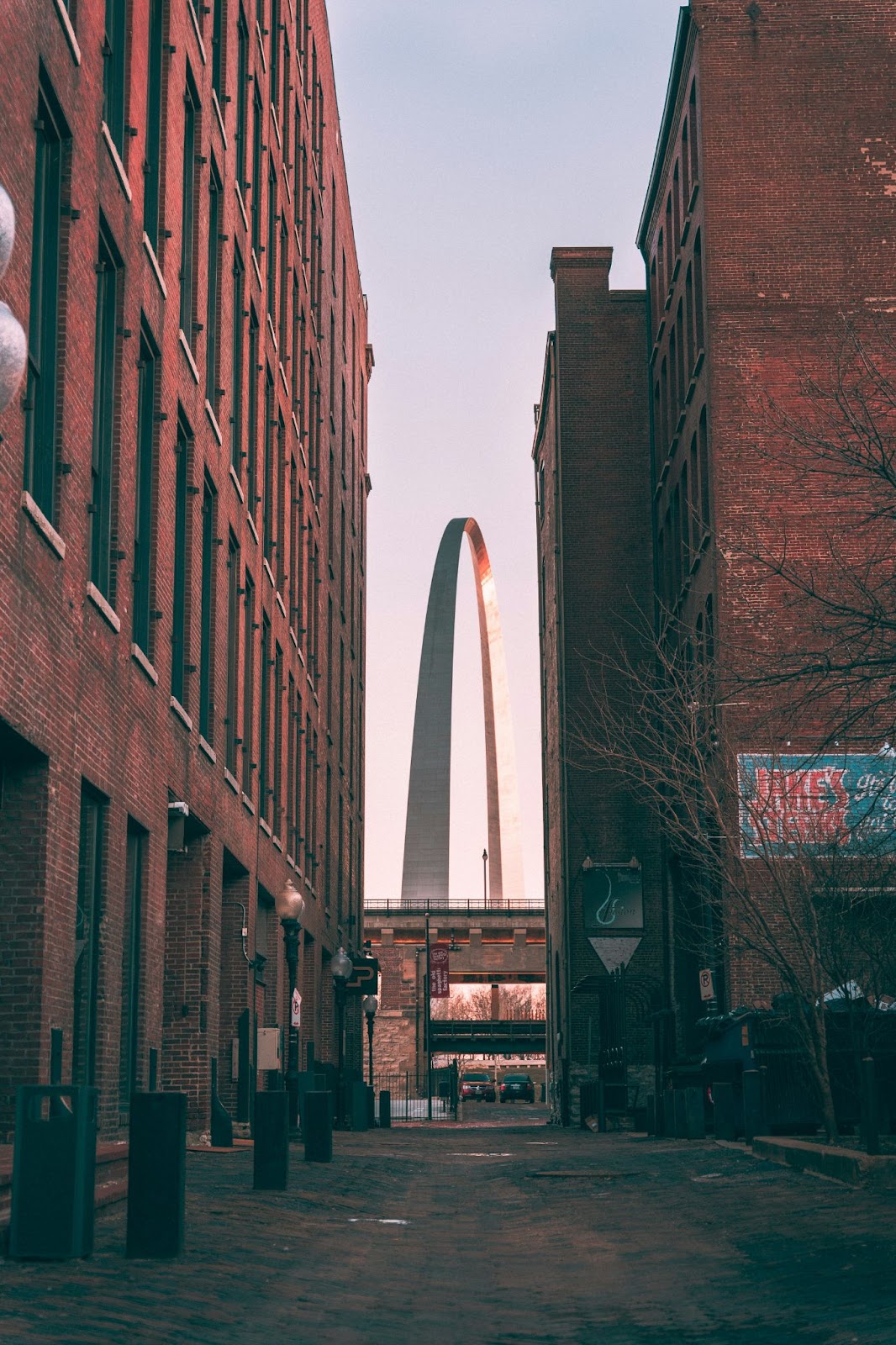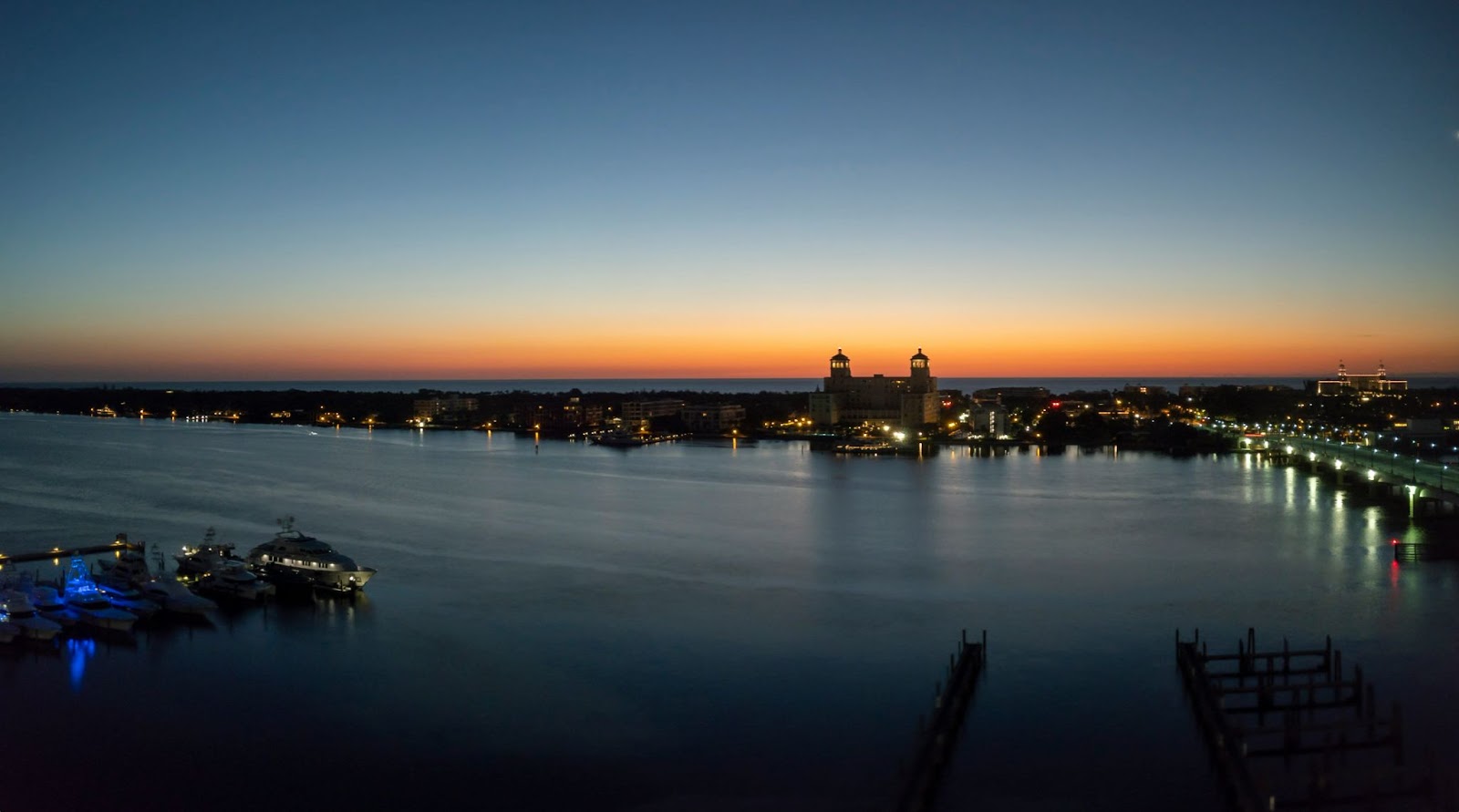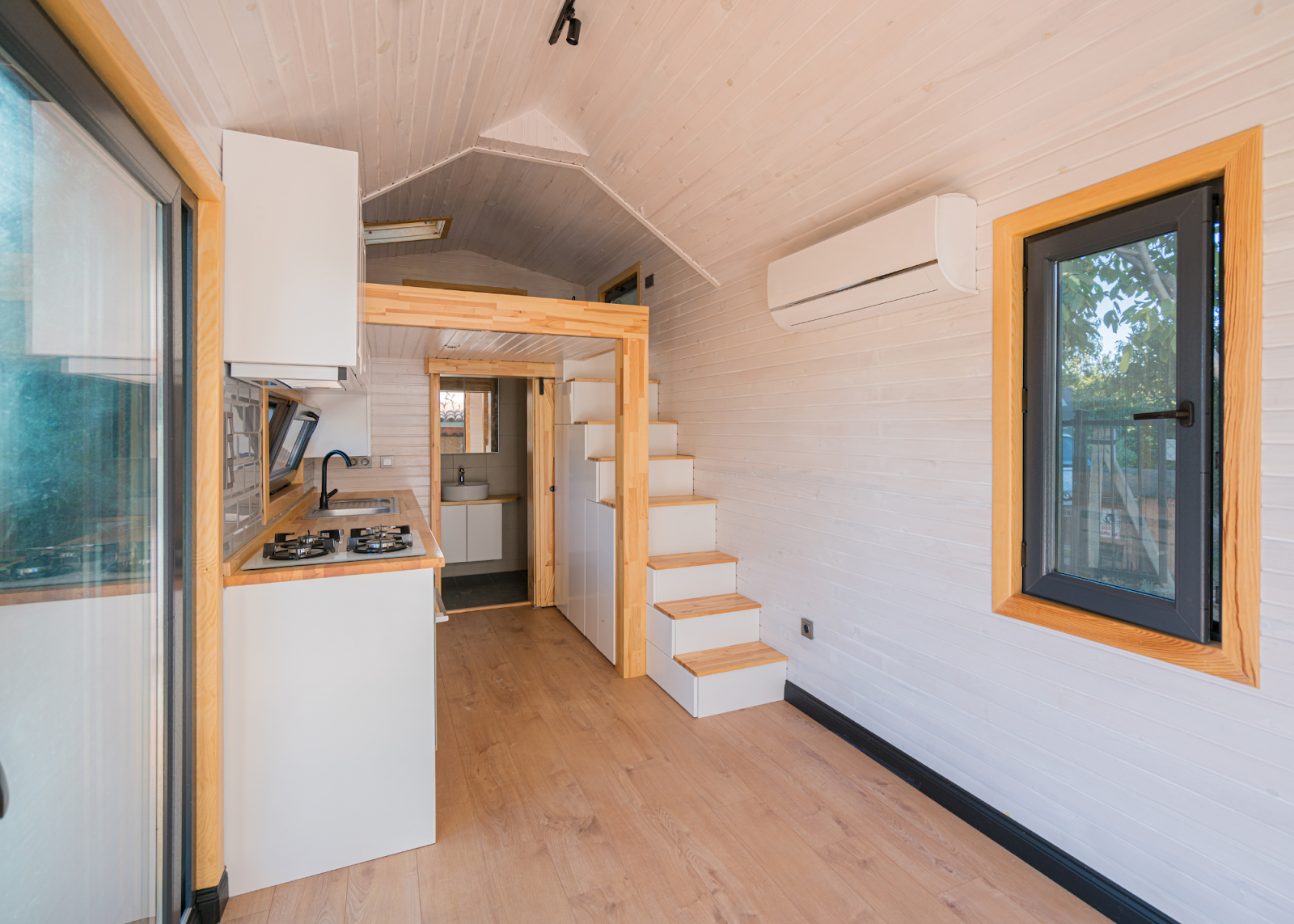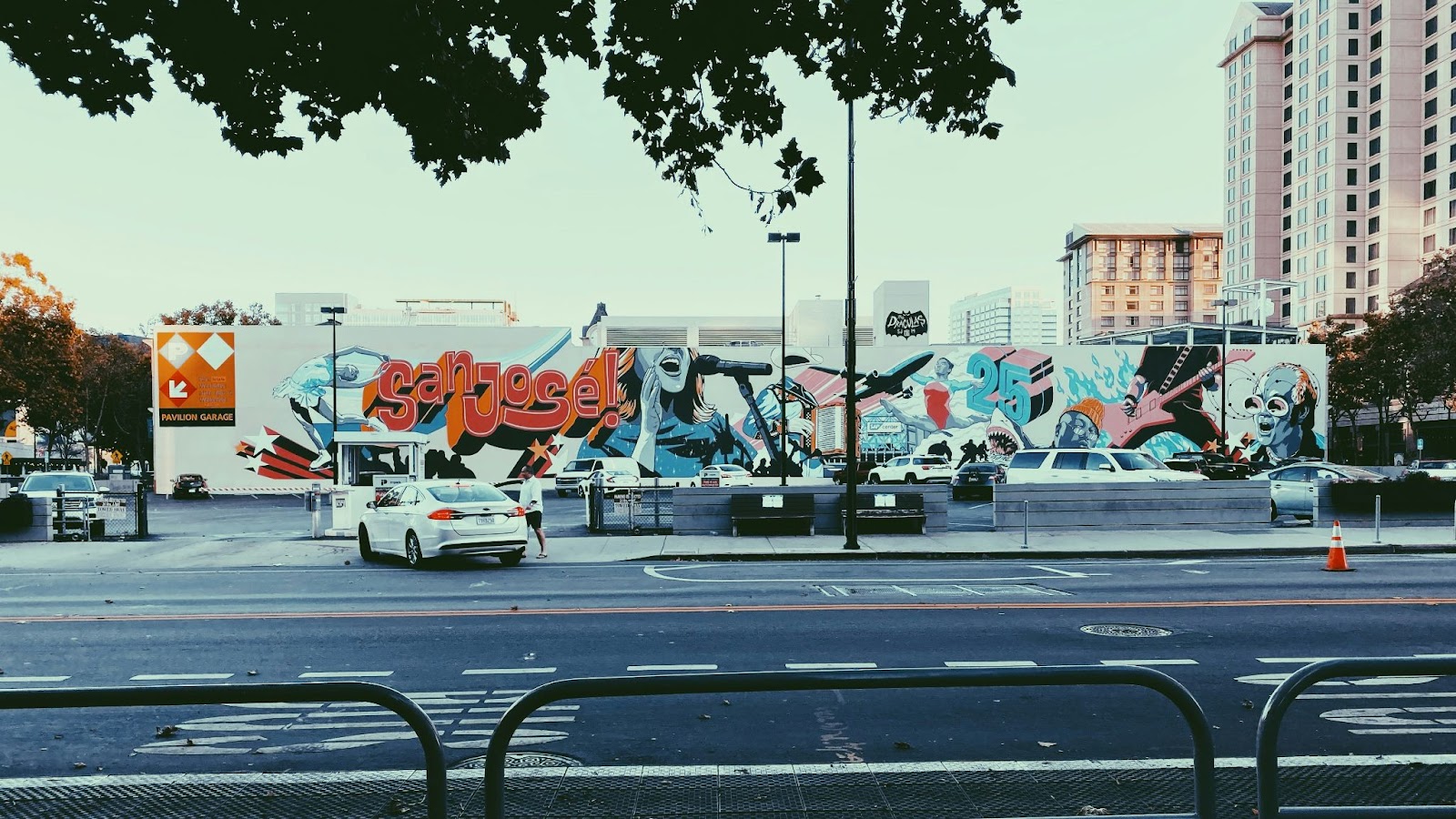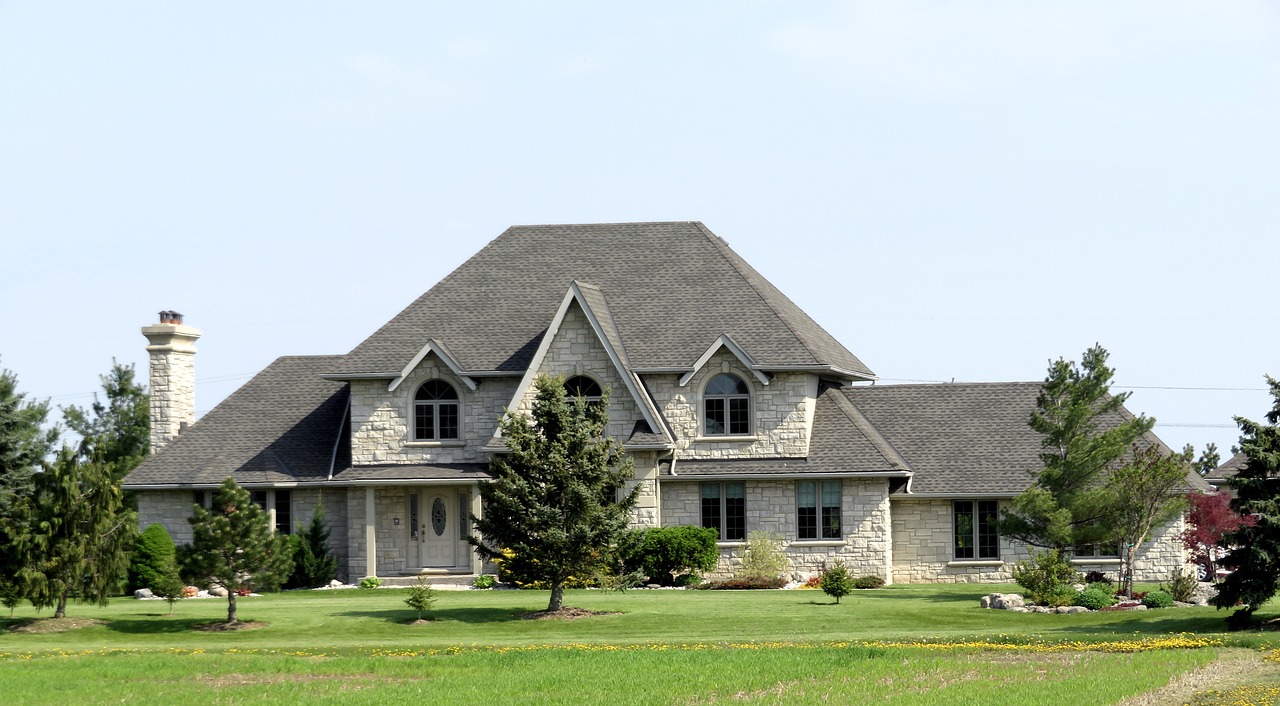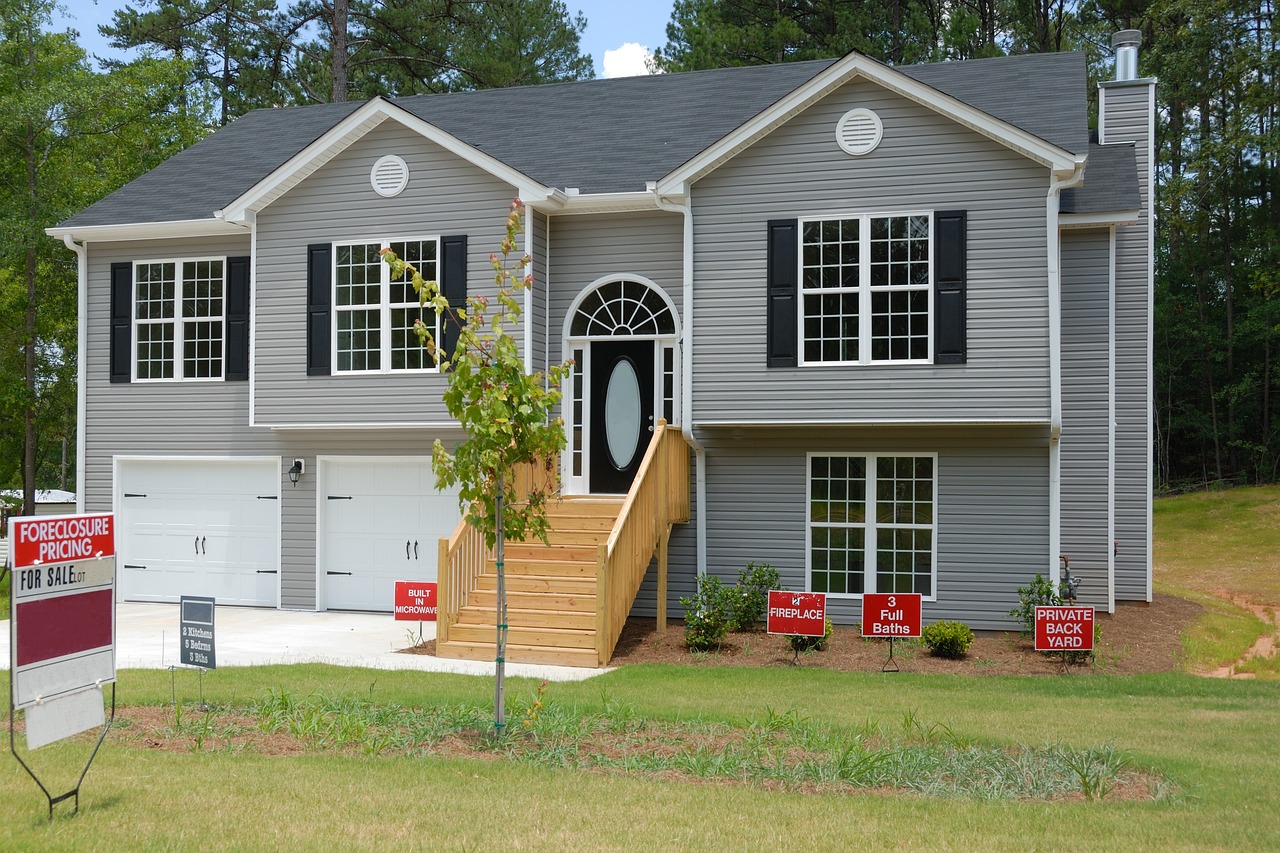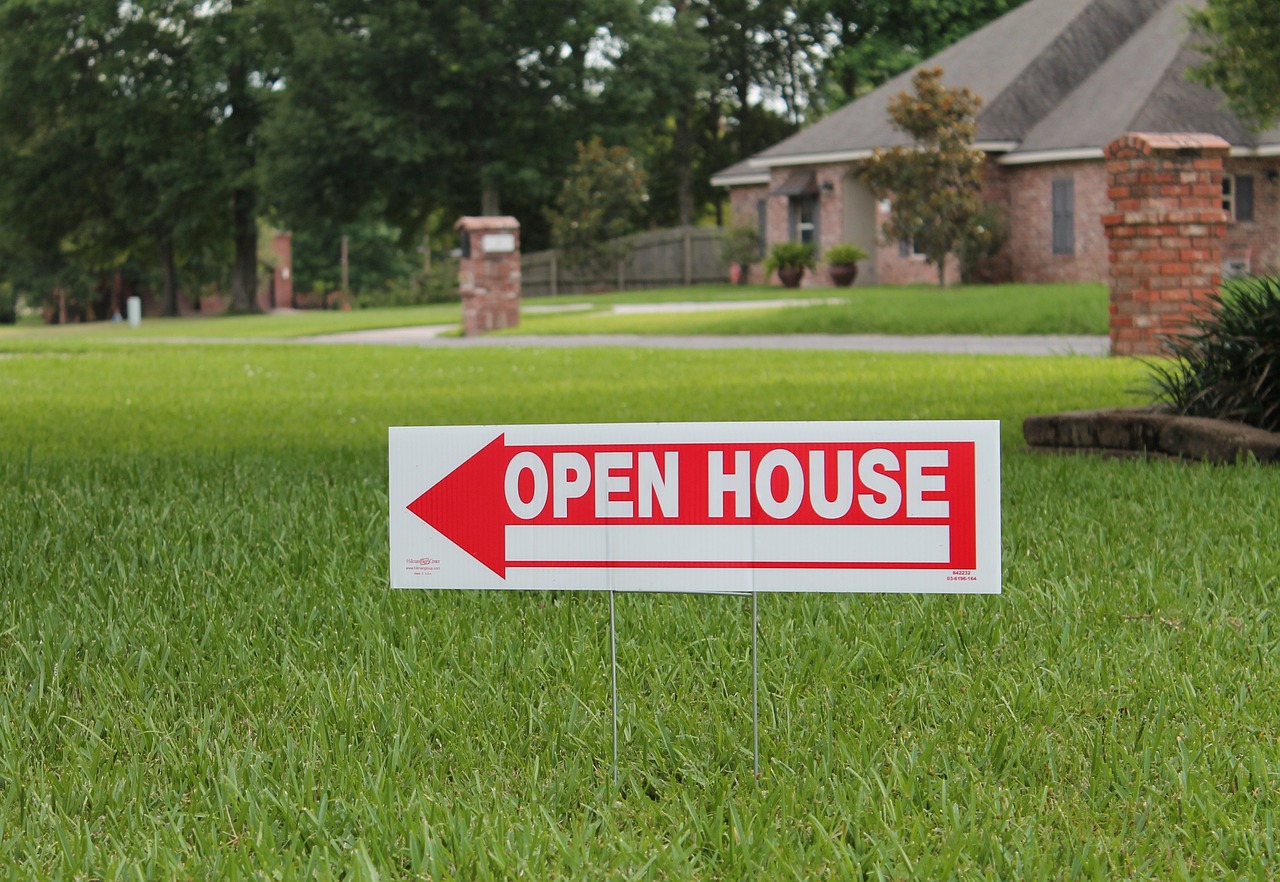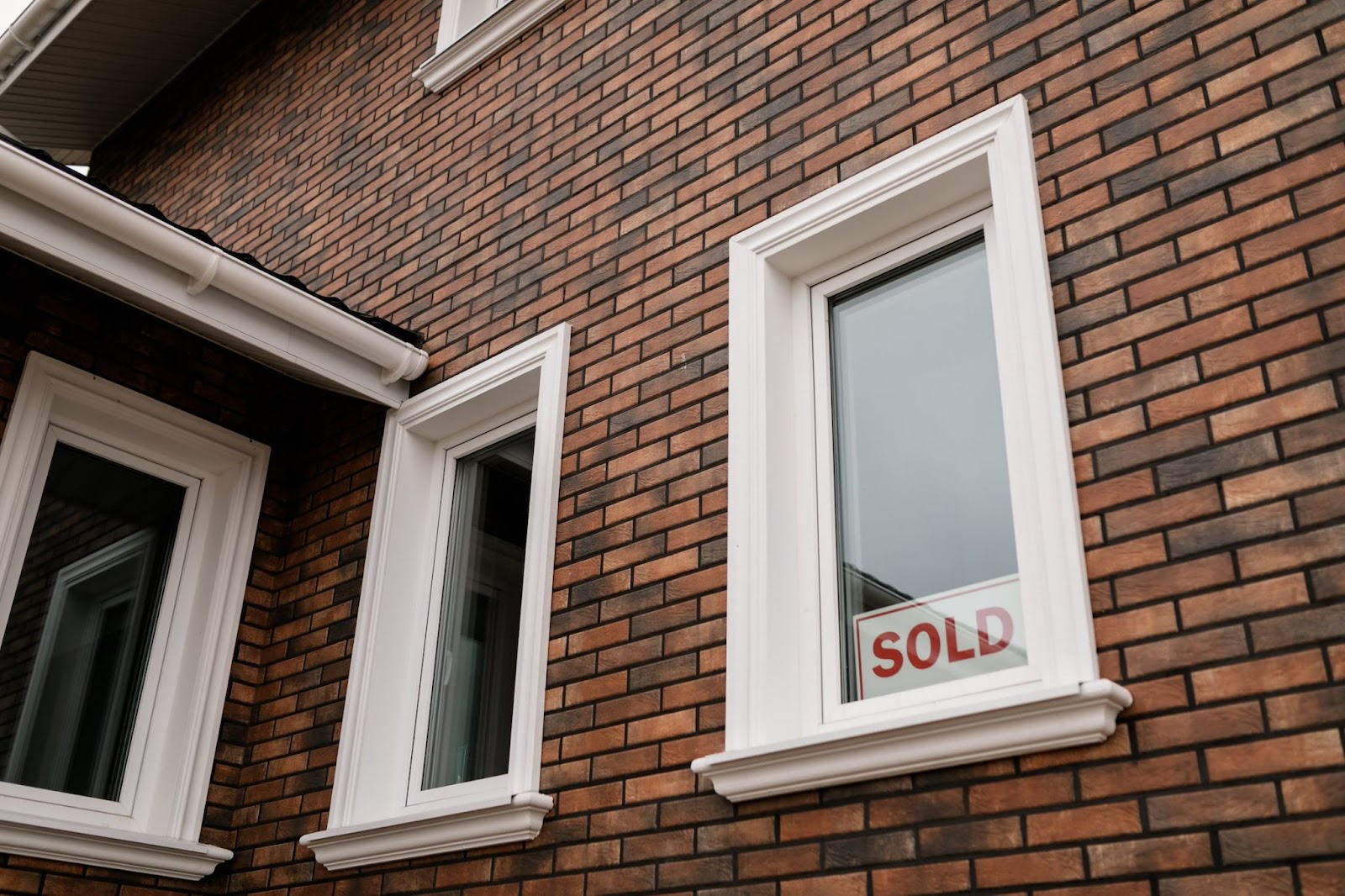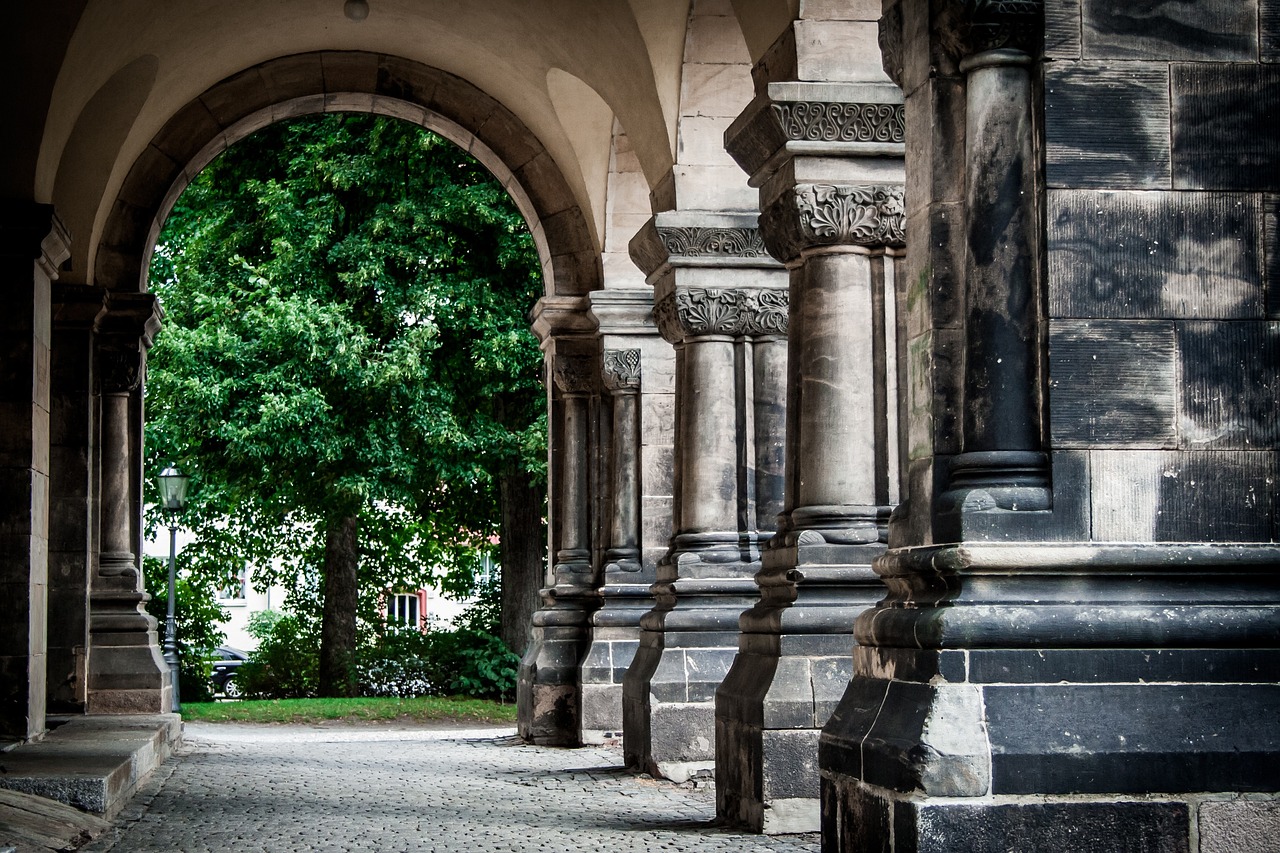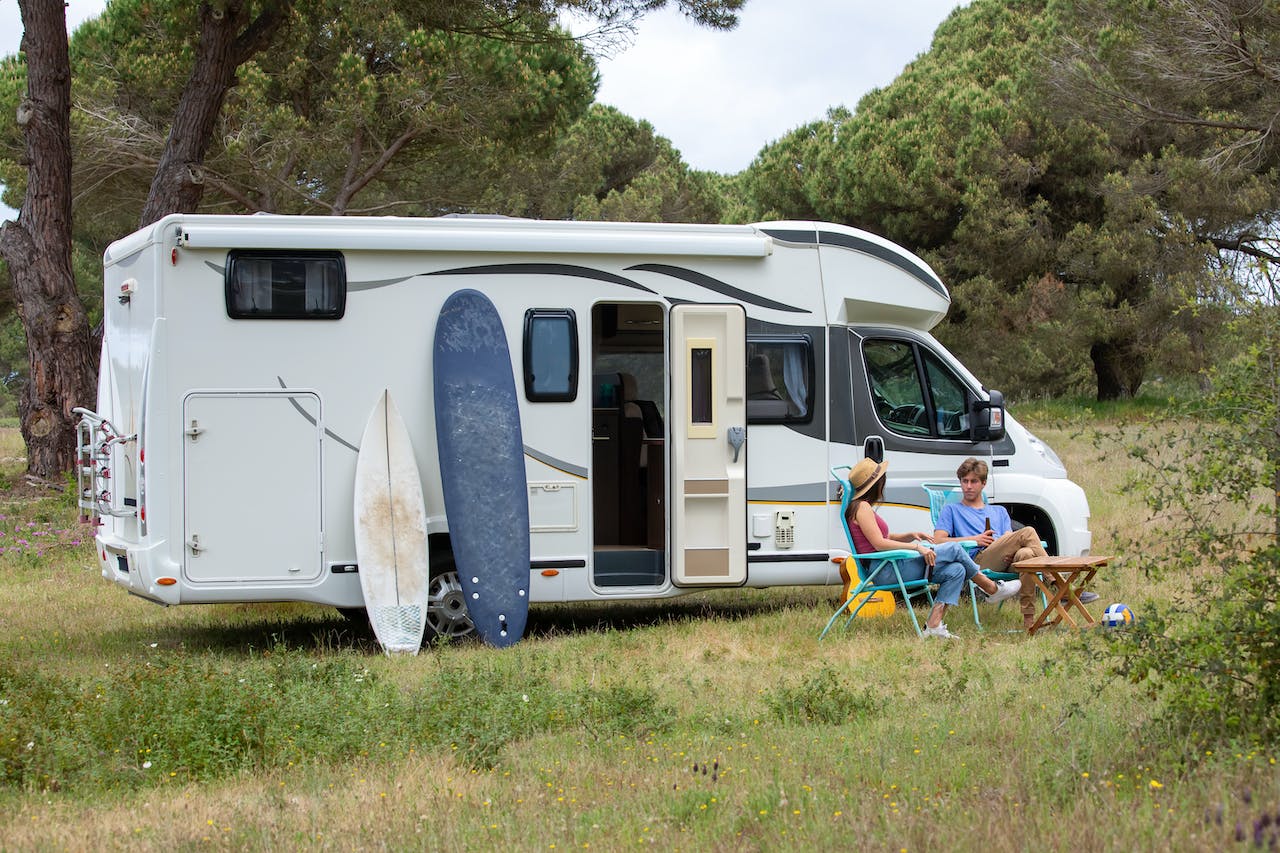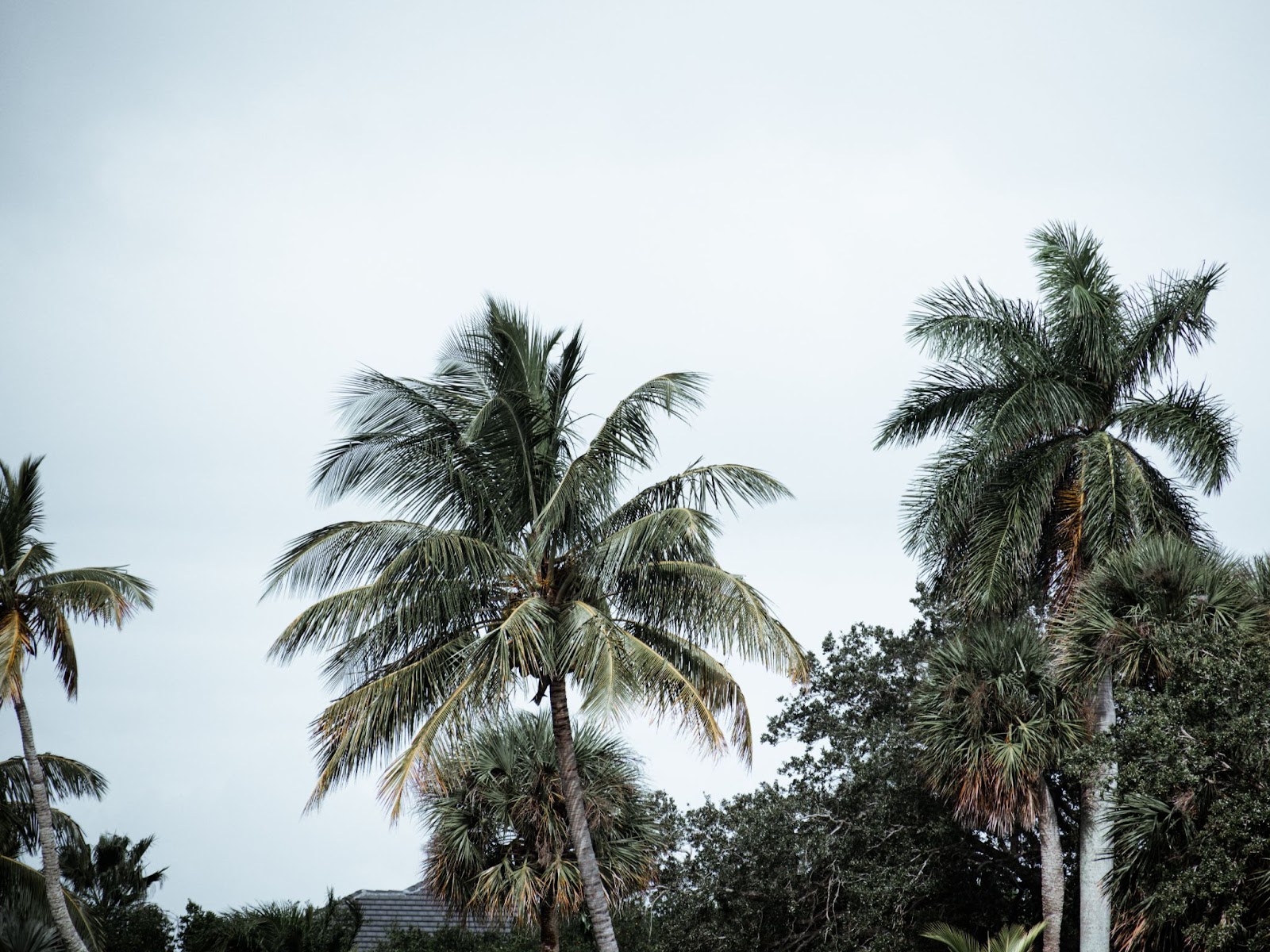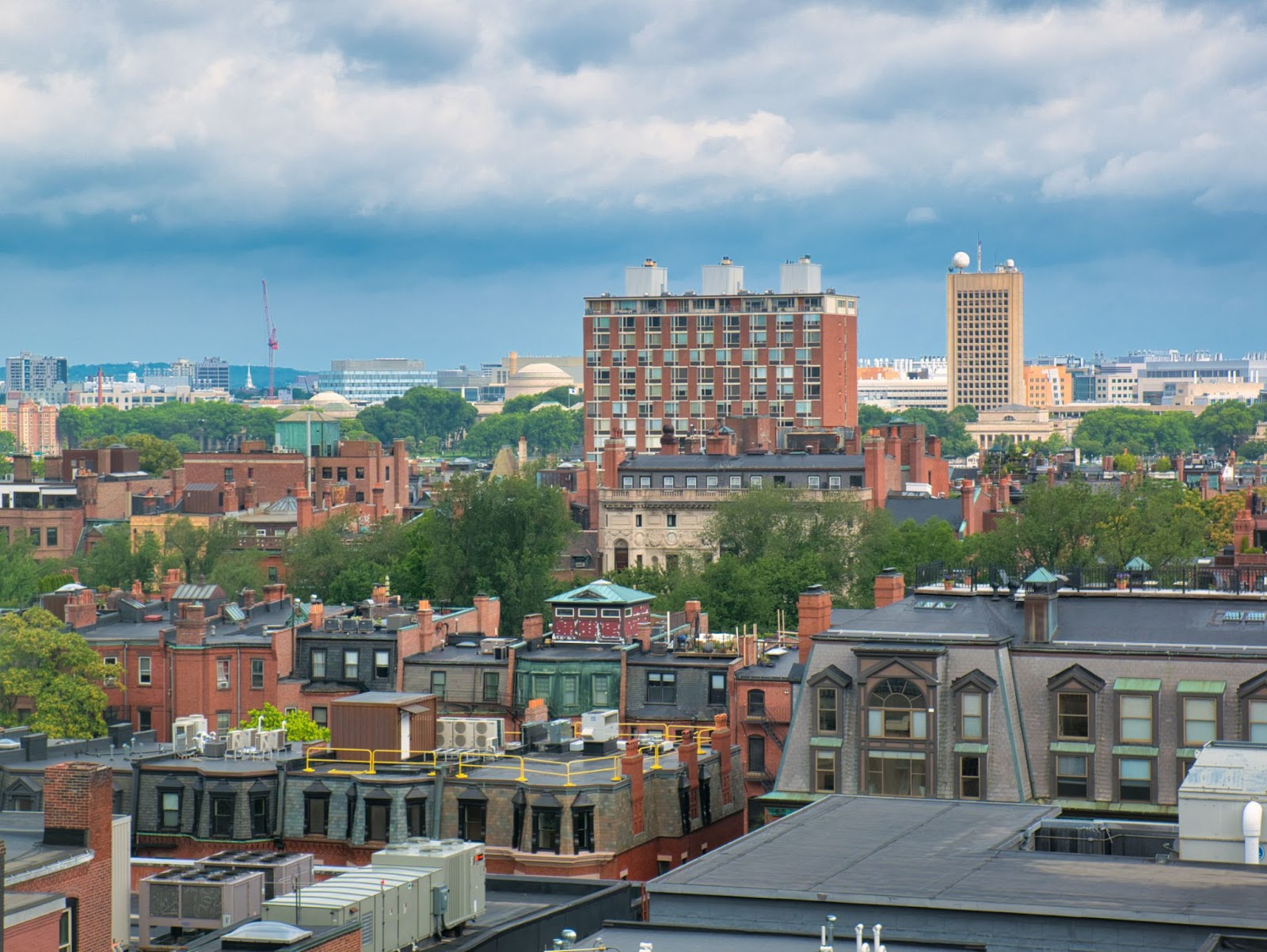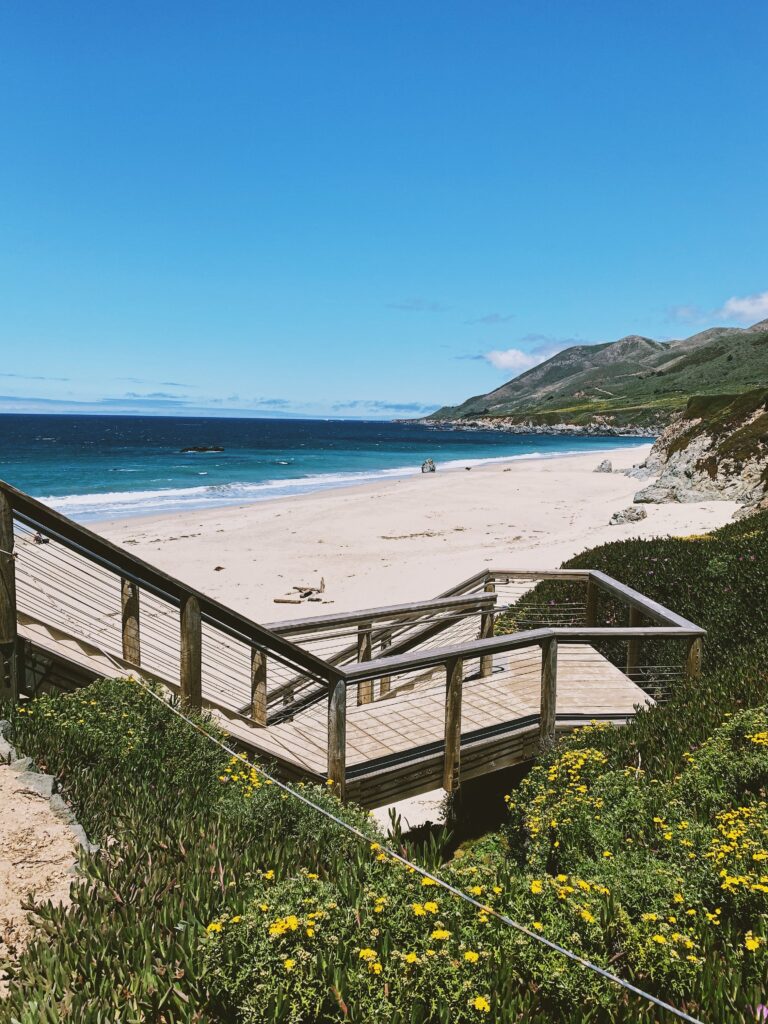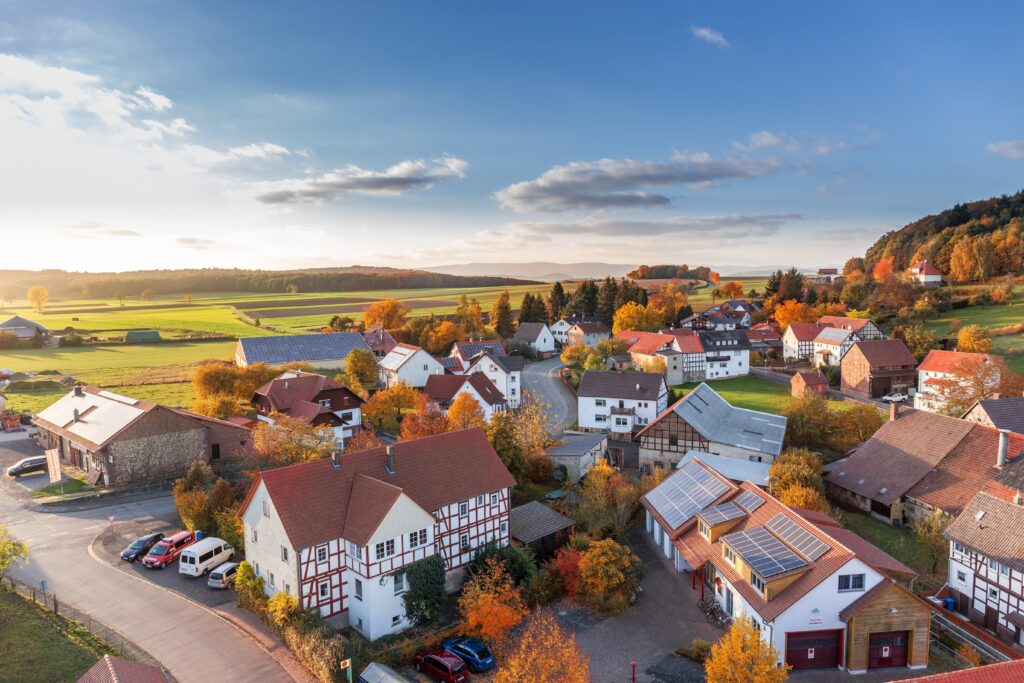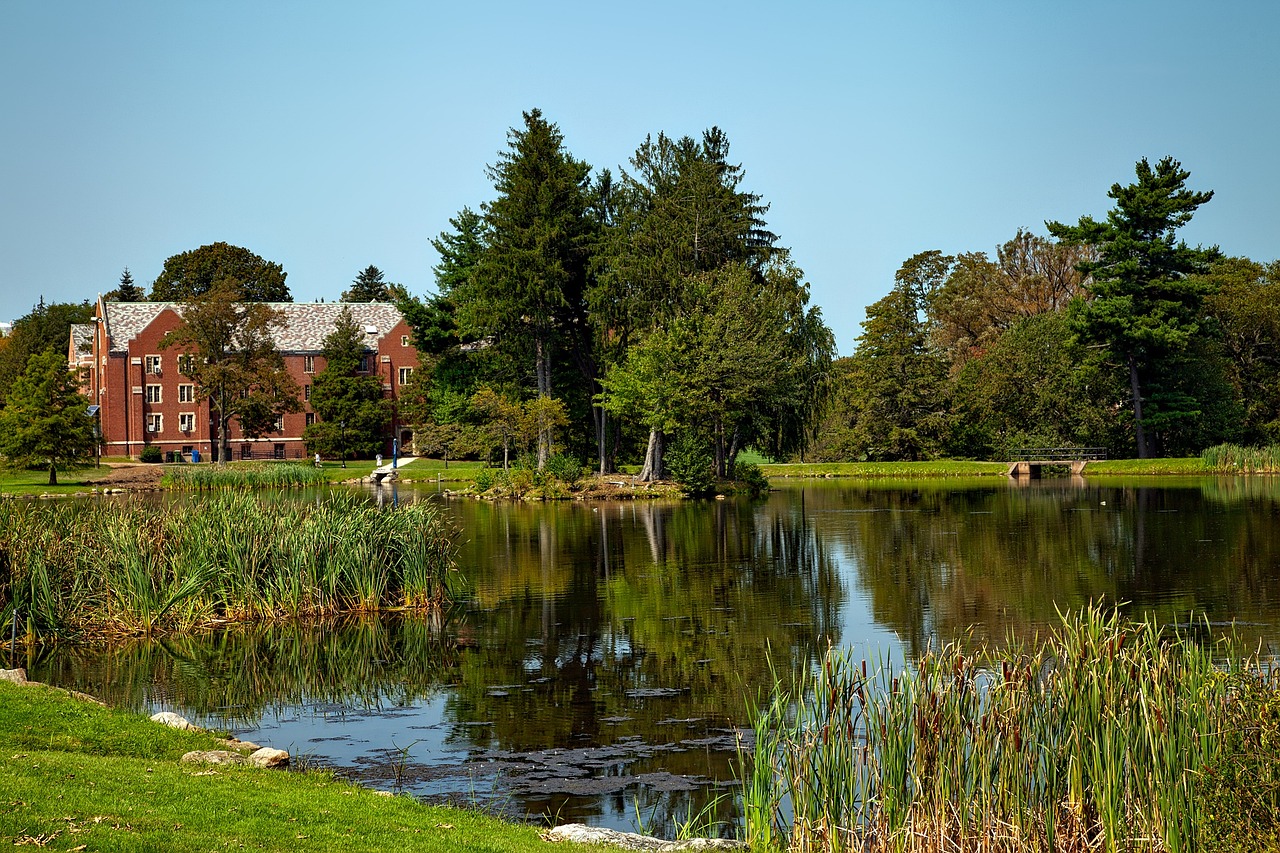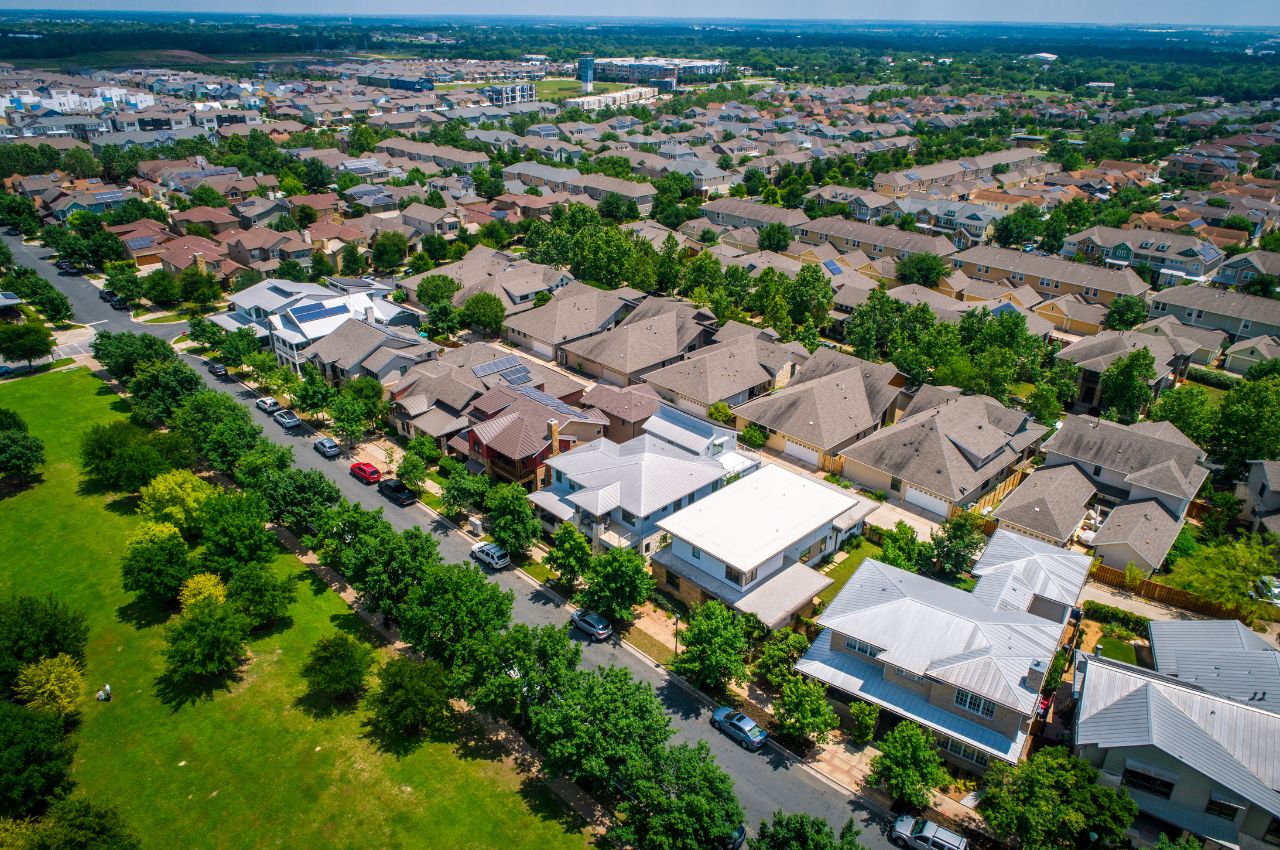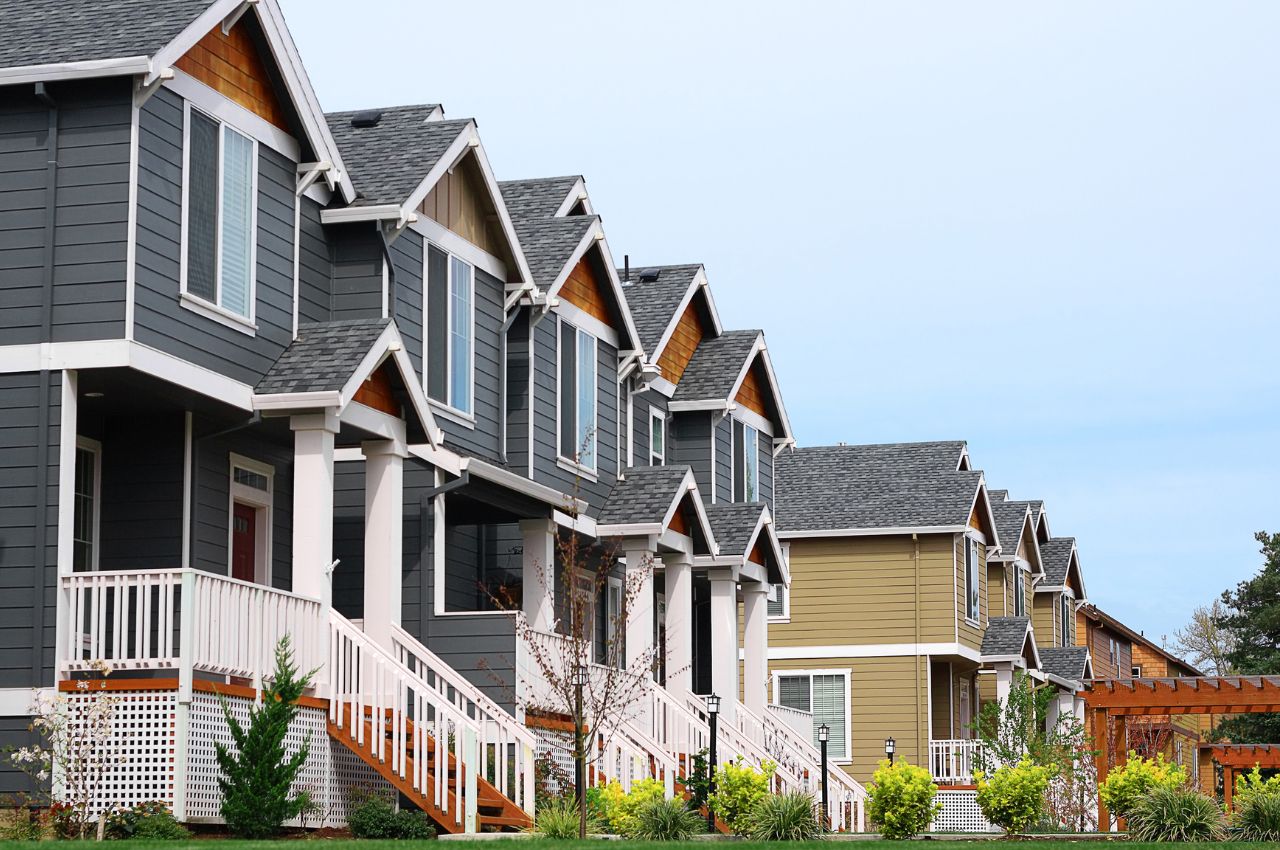The auctioneer’s remarks in a gymnasium in Beaufort, South Carolina, on October 2 reflected a grim reality: the properties up for purchase belonged to the Gullah-Geechee group, the ancestors of enslaved people. As prospective purchasers were excited, a few voices called out from the crowd, “Heirs’ property!” This tradition, developed out of reverence for the historical value of Gullah land, represents a larger fight to protect ancestors’ legacy in the face of coastal development’s fast advancement.
The situation in Beaufort indicates a broader pattern in the low country, where the land initially held by descendants of enslaved people is rapidly disappearing due to development. The once-vibrant and robust Gullah culture, from Beaufort to Hilton Head and beyond, is in danger of disappearing. To counteract this, Beaufort County officials permit heirs to claim their property when it is put up for sale. They do this out of respect for the historical tradition of Gullah villages, hoping it will discourage prospective purchasers.
The conflict over Gullah territory persists despite these initiatives and goes beyond Beaufort County. Developers in Georgia, North Carolina, South Carolina, and Florida are focusing on Gullah villages due to their attractive real estate opportunities and mild climate coasts. Gullah people are fighting to keep their historic homelands free of expanding development proposals, and this has landed them in court fights and zoning conflicts from St. Helena Island to Harris Neck and Sapelo Island in Georgia.
The idea of “heirs’ property,” a type of ownership with origins in the Reconstruction era when land was transferred to formerly enslaved people without clear legal title, is at the center of this conflict. Heirs’ property is frequently passed down through the generations without adequate paperwork, making it open to misuse and confiscation. The risk of tax delinquency is significant in Beaufort County, where many Gullah landowners find it challenging to keep up with growing property taxes brought on by rising real estate prices.
At least ten of the more than 250 homes up for sale in October belonged to heirs of the Gullah community. A depressing reality encountered by some heirs was that their ancestral properties were lost to non-heirs who bid despite the property’s historical value. However, some heirs were able to save their land by pledging to pay the unpaid taxes. The Lowcountry Gullah Foundation’s director, Luana Graves Sellars, laments property loss and attributes it to “predatory development and greed,” highlighting the critical need to save the Gullah legacy from extinction.
Yet Gullah communities face more than just difficulties at real estate auctions. The fight to preserve land is complicated by zoning changes prioritizing developers over low-income households and rising property values. Moreover, attempts to develop practical preservation techniques must be improved without thorough data on successors’ possessions. Graves Sellars and other advocates are urging federal and state action to resolve these structural problems and guarantee the Gullah communities’ long-term survival.
Gullah people are unwavering in their will to preserve their cultural legacy and ancestral lands in the face of hardship. They work to regain their proper position in the environments they have called home for centuries via community organization, legal lobbying, and grassroots activity. The Gullah-Geechee community’s tenacity and spirit stand as a tribute to the strength of legacy and identity in the face of constant challenges from development, even while the conflict over heirs’ land continues.
























